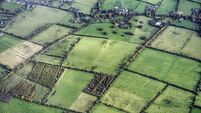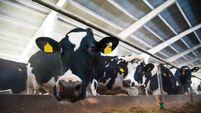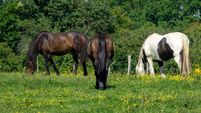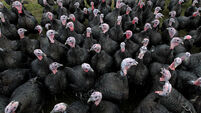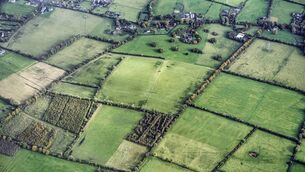Cork farmers dominate Dairy Beef Calf Programme

The objective of this measure is to increase the efficiency of beef from the dairy herd and to support farmers rearing progeny from the dairy herd.
The Dairy Beef Calf Programme has become an important scheme for Munster farmers since it was introduced in 2021.
Figures for that year show Cork dominated the scheme, with the €20 per eligible calf drawn for 27,031 animals in 1,187 herds. Farmers in Tipperary, with 15,805 animals in 620 herds, and in Limerick, with 10,240 animals in 463 herds, were also prominent in the scheme.

